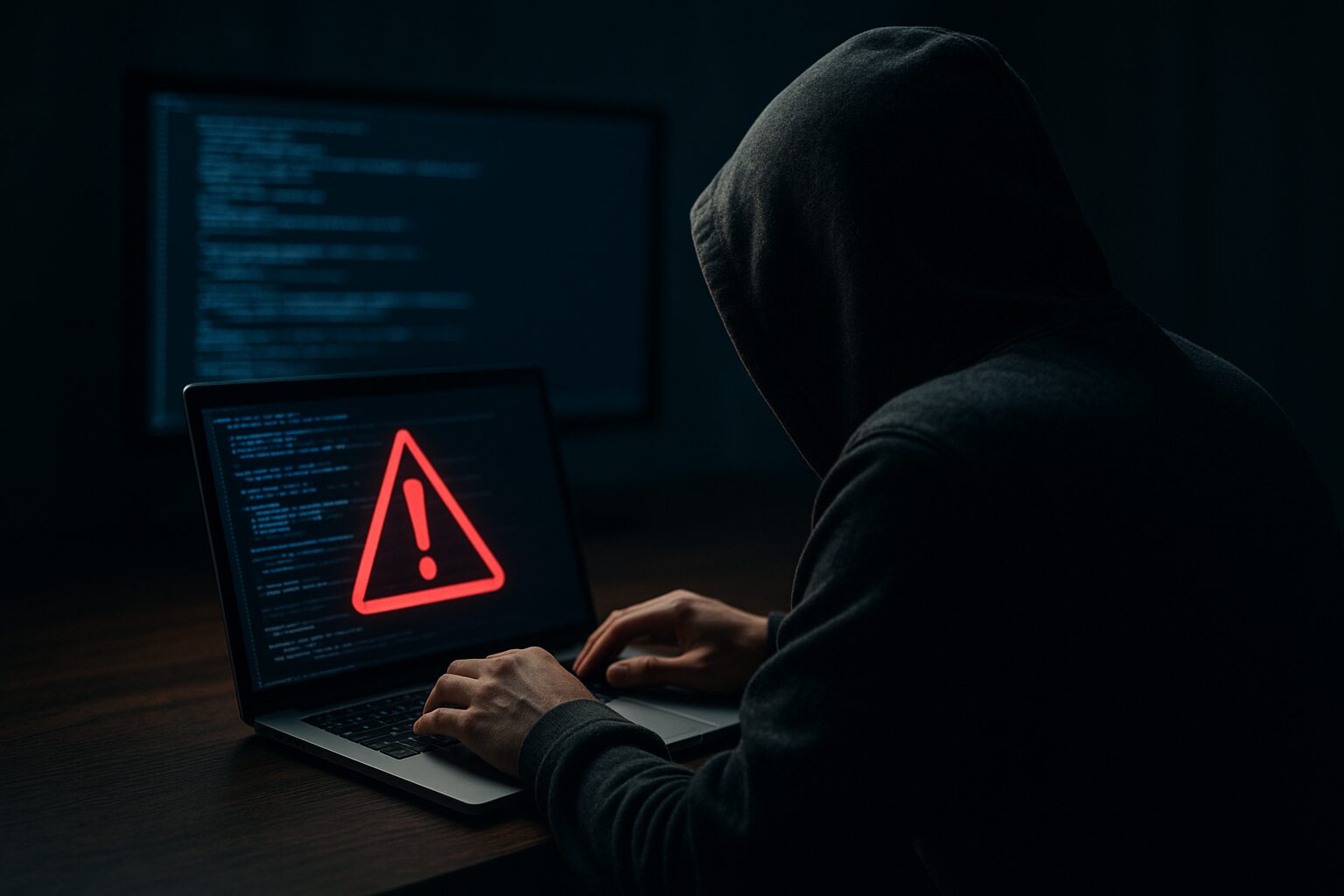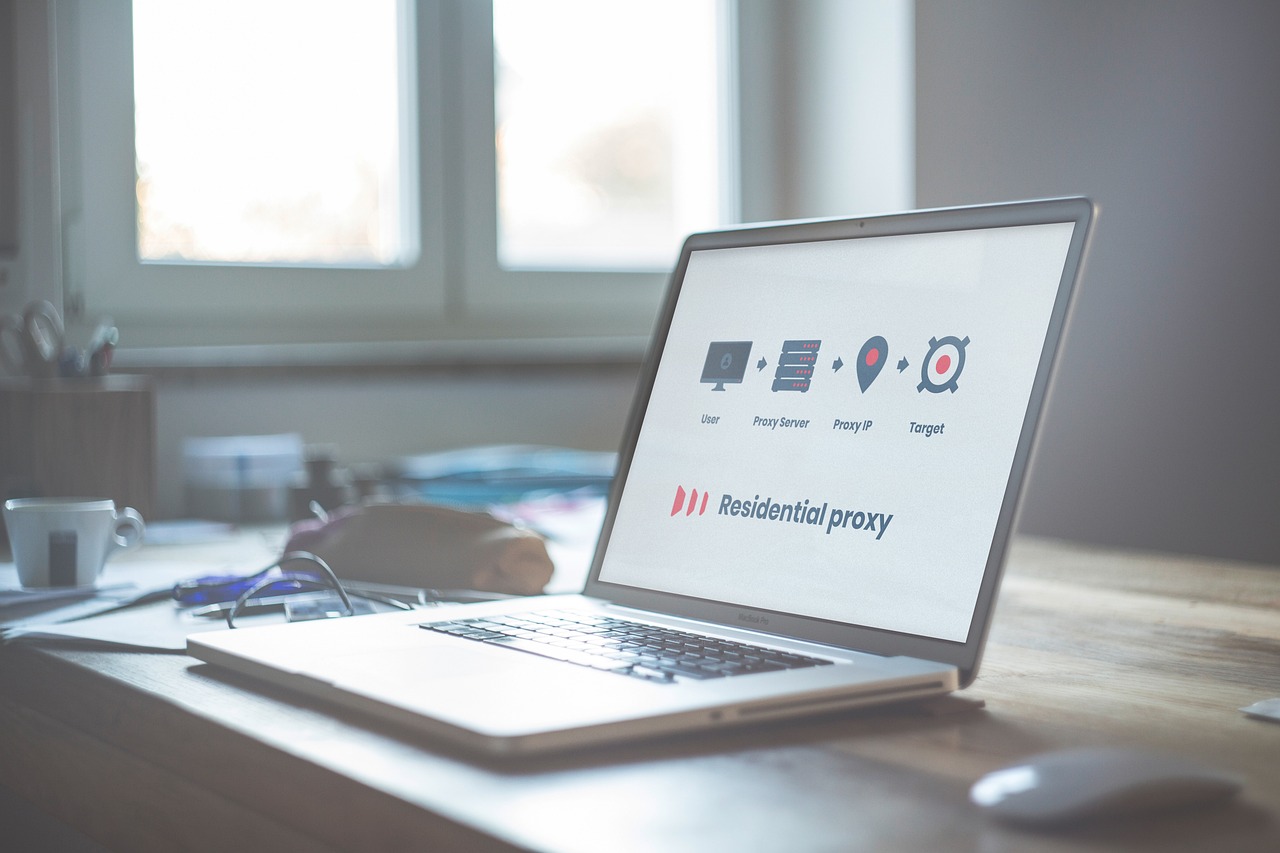A cyber attack is any malicious attempt by hackers or cybercriminals to damage, access, disrupt, or steal digital systems, networks, or data. In simpler words: someone tries to break into computers or online platforms to cause harm.
Why Cyber Attacks Are Increasing in 2025
- More services move online, giving attackers more targets.
- Use of AI and automation lets hackers scale attacks faster.
- New vulnerabilities appear in software, cloud systems, and devices.
- Geopolitical tensions and state-sponsored hacking are on the rise.
According to recent reports, stolen credentials rose 42% year-over-year, and there were 97+ billion exploitation attempts logged globally.
How Cyber Attacks Impact Individuals, Businesses & Governments
- Individuals: identity theft, financial loss, personal data leaks.
- Businesses: downtime, reputational damage, legal penalties, loss of customer trust.
- Governments / critical infrastructure: disruptions in utilities, communications, national security breaches.
Over 44 major data breaches in May 2025 alone affected over 1.4 billion records.
Common Types of Cyber Attacks
Below are six frequent forms of cyber attack that you should know:
1. Phishing Attacks
Attackers send fake emails or messages pretending to be trusted services to steal login info.
Often lead to credential theft, account takeover, or malware installation.
2. Malware & Ransomware
- Malware = malicious software (viruses, trojans) that damages or spies.
- Ransomware = encrypts your files and demands a ransom to restore them.
3. DDoS (Distributed Denial of Service) Attacks
Attackers flood a server or network with so much traffic that it becomes unavailable to legitimate users.
For example, Cloudflare reported a 22.2 Tb/s DDoS attack on one IP address in September 2025.
4. Man-in-the-Middle (MITM) Attacks
The attacker intercepts communication between two parties (you and a website), capturing or altering data without either party knowing.
5. SQL Injection & Exploits
Attackers exploit vulnerabilities in a website’s database layer by inserting malicious SQL commands to view, modify, or delete data.
6. Zero-Day Attacks
Exploiting software flaws that the vendor hasn’t fixed yet. These are especially dangerous because there’s no patch available when exploited.
Google reports dozens of zero-day vulnerabilities exploited yearly.
Signs You Might Be Under a Cyber Attack
Here’s what to watch for if something is wrong:
- Device slows down, acts strangely, or crashes often.
- You see unauthorized logins, password reset emails, or odd account activity.
- New software gets installed without your action.
- Strange popups, ads, or changes to home pages.
- Sudden loss of access to files or data.
These signs don’t always mean an attack, but they’re warning signals. Always investigate.
Risks and Consequences of Cyber Attacks
When attacked, you risk:
1. Financial Loss & Identity Theft
Cybercriminals can drain accounts or use your identity to commit fraud.
2. Data Breaches & Privacy Exposure
Sensitive personal or business info can leak, affecting customers, employees, or public trust.
3. Business Reputation Damage & Legal Trouble
Customers may lose faith, and you may face lawsuits or regulatory penalties for failing to protect data.
4. National Security & Infrastructure Risks
Attacks on power grids, transport systems, or government databases can have wide and serious impacts.
Cybercrime is projected to cost the world $10.5 trillion by 2025.
Real-World Examples of Major Cyber Attacks
To bring it closer to home, here are some recent incidents:
- Nobitex exchange hack (June 2025): $90 million in crypto “burned” by pro-Israel hackers.
- Ransomware attacks in Q1 2025: 2,289 reported incidents — a 126% increase from Q1 2024.
- Supply-chain attacks & breaches: dozens of high profile companies and data systems were exposed in 2025.
These examples show that both private and public sectors are at risk.
How to Protect Yourself from Cyber Attacks
Here are practical steps you can take:
- Use strong, unique passwords + MFA (multi-factor authentication).
- Keep software / OS / firmware updated to patch vulnerabilities.
- Install antivirus / anti-malware tools, and scan regularly.
- Don’t click suspicious links or downloads, especially from unknown sources.
- Avoid public/unsecured Wi-Fi or use a VPN when necessary.
- Back up your data regularly so you can recover if something gets encrypted or lost.
Also, train yourself & your team about safe online habits — phishing, weak passwords, etc.
Cybersecurity Tools & Best Practices for 2025
Looking ahead, some tools & trends will be key in 2025:
- AI-driven threat detection: models that learn unusual behavior signals.
- Secure VPNs and encrypted communication tools to protect your privacy.
- Password managers and “zero-trust” systems where nothing is trusted implicitly.
- Behavioral analytics to detect anomalies in user patterns.
- Security Operations Centers (SOCs) and 24/7 monitoring for businesses.
What to Do After a Cyber Attack
If you’ve been attacked, take these steps:
- Contain the breach — isolate affected systems.
- Change all passwords, especially for affected accounts.
- Restore from secure backups after cleaning the malware.
- Notify authorities / regulators if required (depending on jurisdiction).
- Engage cybersecurity professionals or incident response teams.
- Communicate openly with stakeholders and customers if data was exposed.
The sooner you act, the better the chance to limit damage.
The Future of Cybersecurity
What’s ahead in the fight against cyber attacks?
- AI and machine learning will both empower defenders and attackers.
- Quantum encryption / post-quantum cryptography to resist future computing threats.
- Blockchain and decentralized identity systems for more secure data control.
- Automated security orchestration that responds in real time to threats.
- Cross-sector collaboration between governments, companies, and security firms.
Cybersecurity will need to evolve fast to keep up.
Conclusion
Cyber attacks are no longer rare — they’re part of the digital world. Understanding what they are, how they work, and how to defend yourself is vital. Your first line of defense is being aware and proactive. Use strong security habits, adopt modern tools, and maintain vigilance.
Your next steps:
- Review your accounts, passwords, and software tonight.
- Share this article with your team or friends.
- Stay updated on new threats and upgrade your defenses.
FAQs
1. How often do cyber attacks happen?
On average, one cyberattack occurs every 39 seconds.
2. Are small businesses safe from cyber attacks?
No. Cybercriminals target any business, big or small, especially those with weak defenses.
3. What’s the difference between malware and ransomware?
Malware is any harmful software. Ransomware is a type of malware that locks your data and demands payment.
4. Can I fully recover my data after ransomware?
Sometimes. If you have clean backups, you can restore. But paying attackers doesn’t guarantee recovery.
5. Do antivirus tools make me 100% safe?
No. They help, but combined with strong practices, updates, and vigilance, they form a better defense.
6. Are small businesses at risk?
Yes, small businesses are often targeted because they may have weaker security measures compared to larger organizations.
7. Can I recover my data after a ransomware attack?
If you have secure backups, you can restore your data. Paying the ransom is risky and does not guarantee recovery.
8. What cybersecurity tools are recommended in 2025?
AI-driven threat detection, VPNs, encrypted communication tools, password managers, and zero-trust systems are highly recommended.
9. Should I report a cyber attack?
Yes, reporting to authorities, regulators, or your IT security team helps contain the threat and prevent future attacks.
10. How is cybersecurity evolving for the future?
Emerging technologies like AI, blockchain, quantum encryption, and automated threat response systems are shaping the next generation of cybersecurity defenses.
Disclaimer
This content is for educational and informational purposes only. It does not constitute legal, cybersecurity, or professional advice. Always consult certified cybersecurity professionals for risks particular to your situation.



